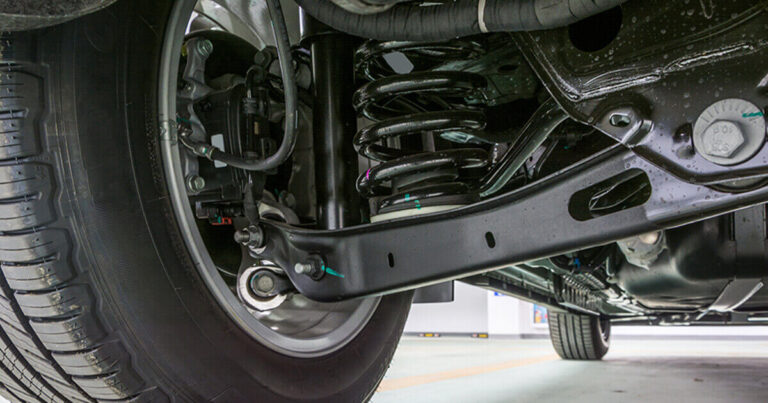Fluid couplings are essential components in many industrial and automotive systems. Used primarily in power transmission, these devices help transfer rotational energy between shafts without the need for a direct mechanical connection. In this guide, we will explore the different types of fluid coupling, how they work, their components, and the pros and cons of using them.
What Are Fluid Couplings?
A fluid coupling is a hydrodynamic device used to transmit rotational power using a fluid medium. It consists of three main elements: the pump (impeller), turbine, and housing. The pump is connected to the driving shaft (like an engine), while the turbine is connected to the driven shaft (like a gearbox).
When the pump rotates, it moves the fluid inside the housing, which in turn rotates the turbine and transmits the power. This non-mechanical connection allows for smoother acceleration and less mechanical wear.
Fluid Coupling Components
To understand fluid couplings, it’s important to know the basic parts that make up these devices:
- Impeller (Pump): Connected to the input shaft, it pushes fluid toward the turbine.
- Turbine: Connected to the output shaft, it receives fluid from the impeller and rotates as a result.
- Housing: Encases the impeller and turbine and holds the working fluid.
- Working Fluid: Typically oil or a similar viscous liquid that transmits torque.
- Seals and Bearings: Help maintain internal pressure and reduce wear.
Each component plays a crucial role in the overall fluid coupling working principle, ensuring smooth and controlled transmission of power.
Fluid Coupling Working Principle
The working principle of a fluid coupling is based on hydrodynamic transmission. Here’s how it works step-by-step:
- Rotation Starts: The engine or motor turns the impeller.
- Fluid Circulation: The impeller flings the fluid outward using centrifugal force.
- Energy Transfer: The fluid hits the turbine blades, causing them to rotate.
- Smooth Drive: The turbine drives the connected machinery or transmission.
The fluid absorbs and transmits the kinetic energy, providing smooth, shock-free power transmission and protecting mechanical parts from sudden torque loads.
Different Types of Fluid Coupling
There are several different types of fluid coupling available, depending on their applications and operational features:
1. Constant-Fill Fluid Couplings
These contain a fixed amount of fluid and operate continuously. They are simple and cost-effective.
2. Variable-Fill Fluid Couplings
These allow fluid volume changes based on operating conditions. Used in systems that require load-dependent torque regulation.
3. Centrifugal Couplings
Use centrifugal force to engage or disengage the drive. These are automatic and efficient in specific applications like conveyors.
4. Scoop-Controlled Couplings
These allow adjustment of the fluid inside the coupling while running. Ideal for high-power applications like belt conveyors and crushers.
Each type is suited to particular applications in automotive, mining, power plants, and manufacturing industries.
What Are The Advantages Of Fluid Couplings?
Fluid couplings offer several advantages over traditional mechanical clutches and couplings:
- Smooth Power Transmission: No sudden jerks or mechanical shocks.
- Overload Protection: Prevents damage to connected equipment.
- Vibration Damping: Reduces stress on machinery.
- Minimal Maintenance: No friction parts to replace regularly.
- Improved Efficiency: Particularly in systems with fluctuating loads.
These benefits make them ideal for use in industries where continuous, reliable power transfer is essential.
Disadvantages of Fluid Coupling
While fluid couplings offer many advantages, they also come with a few limitations:
- Energy Loss: Some energy is always lost due to fluid friction.
- Slip: There’s always a speed difference (slip) between the input and output shafts.
- Initial Cost: Some types, especially variable-fill or scoop-controlled couplings, can be more expensive.
- Size and Weight: Larger systems require more space.
Understanding these downsides can help you choose the right coupling for your specific needs.
Applications in the Pakistani Automotive Industry
In Pakistan, where both light and heavy-duty vehicles are prevalent, fluid couplings are widely used in:
- Buses and trucks for smooth acceleration
- Textile and cement industries for conveyor belt operations
- Generators and compressors
- Construction machinery like cranes and bulldozers
Knowing the fluid coupling components and types of fluid coupling helps service providers and vehicle owners make more informed maintenance and purchasing decisions.
Conclusion
Understanding the different types of fluid coupling, their components, and working principles can help you choose the right one for your automotive or industrial needs. From what fluid couplings are to their pros and cons, having this knowledge helps reduce wear, increase efficiency, and improve performance.
Whether you’re dealing with a small car or a heavy truck in Pakistan’s demanding road and climate conditions, choosing the right fluid coupling and maintaining it properly can make a significant difference.
Need expert advice or servicing? Always consult trained professionals who understand both local road realities and global machinery standards.




